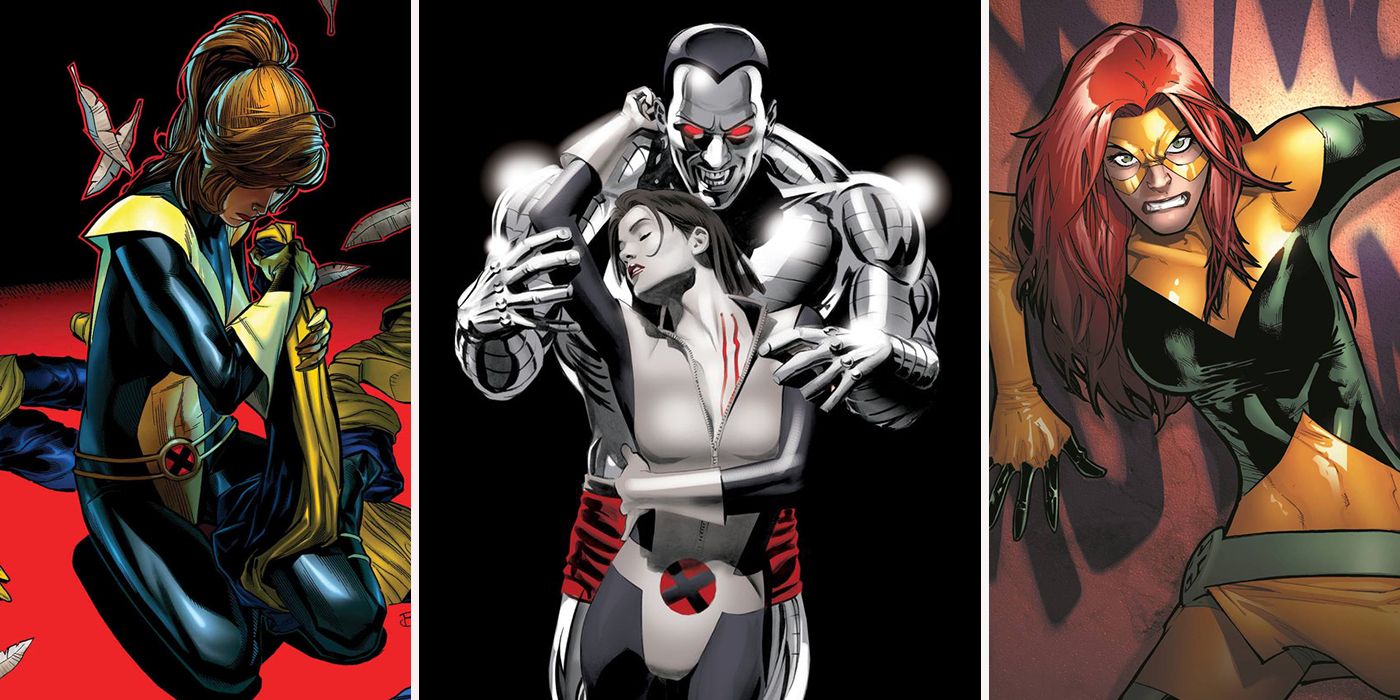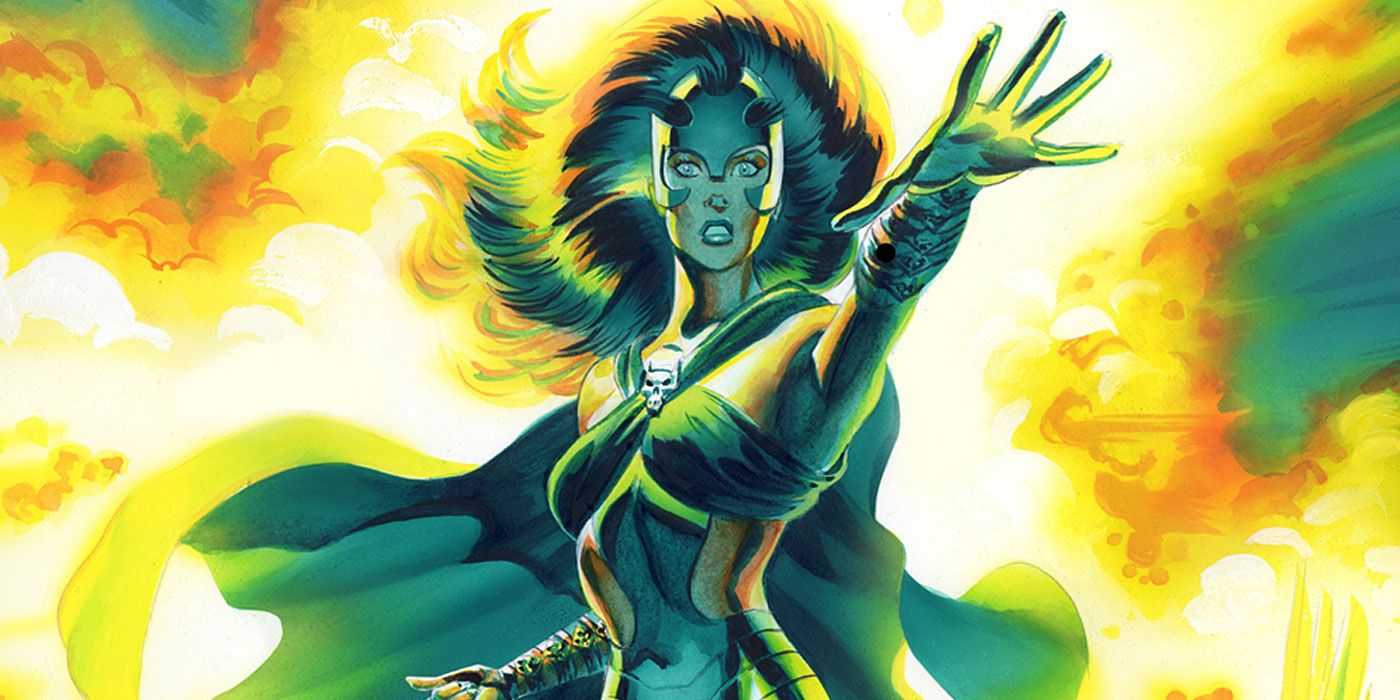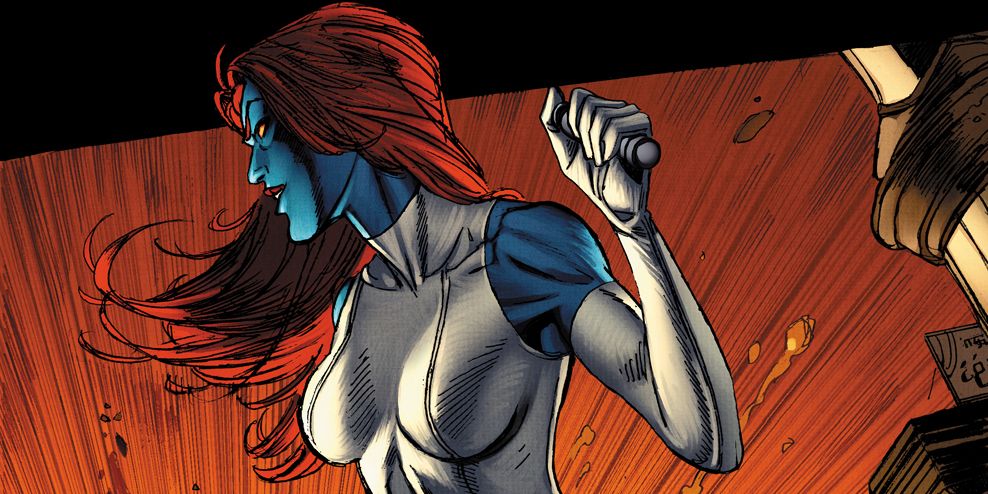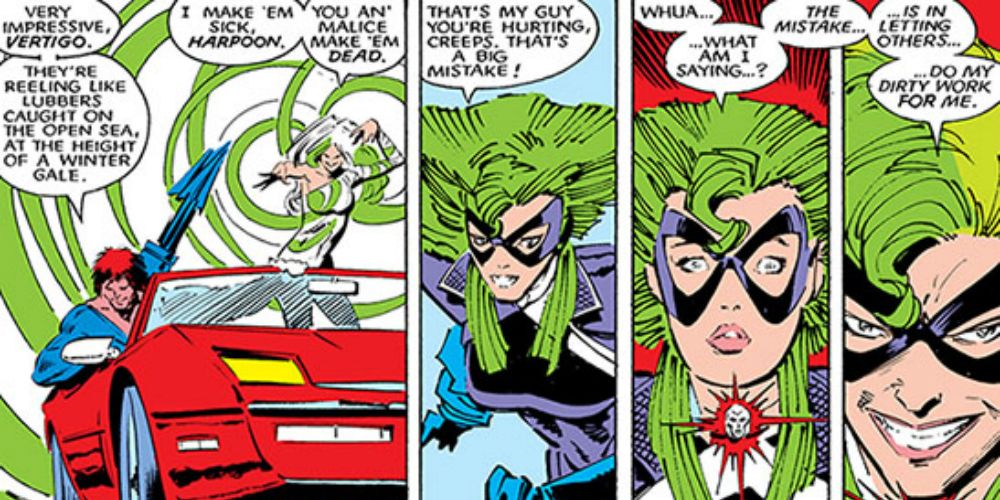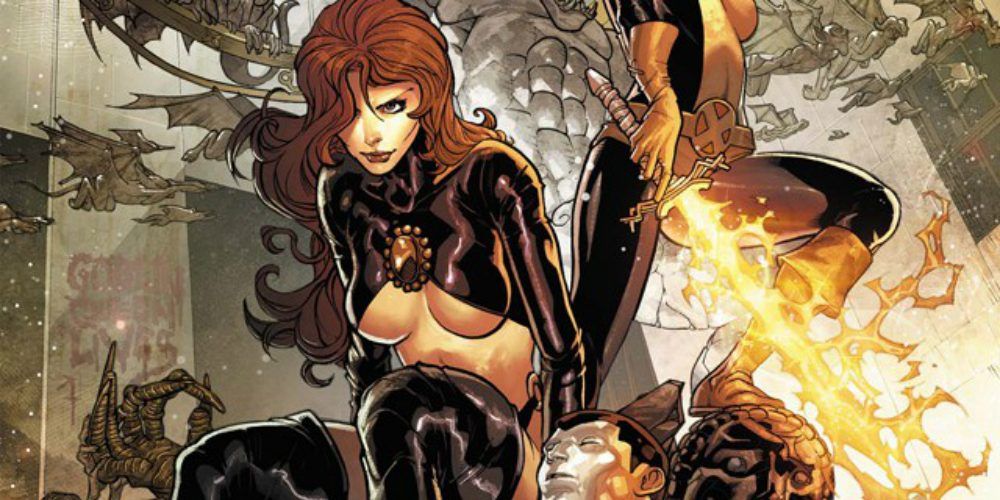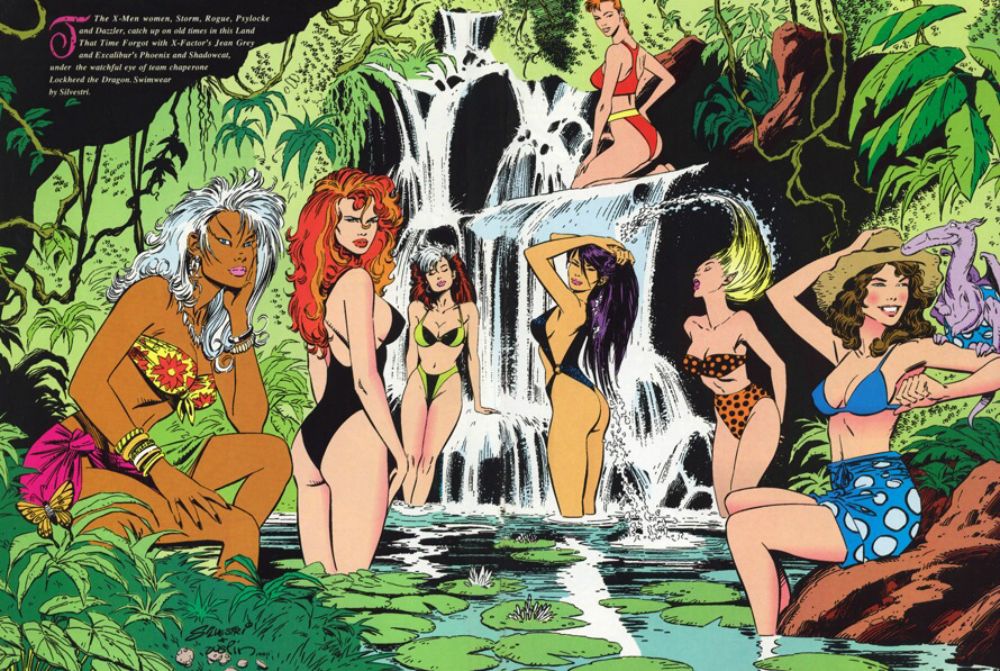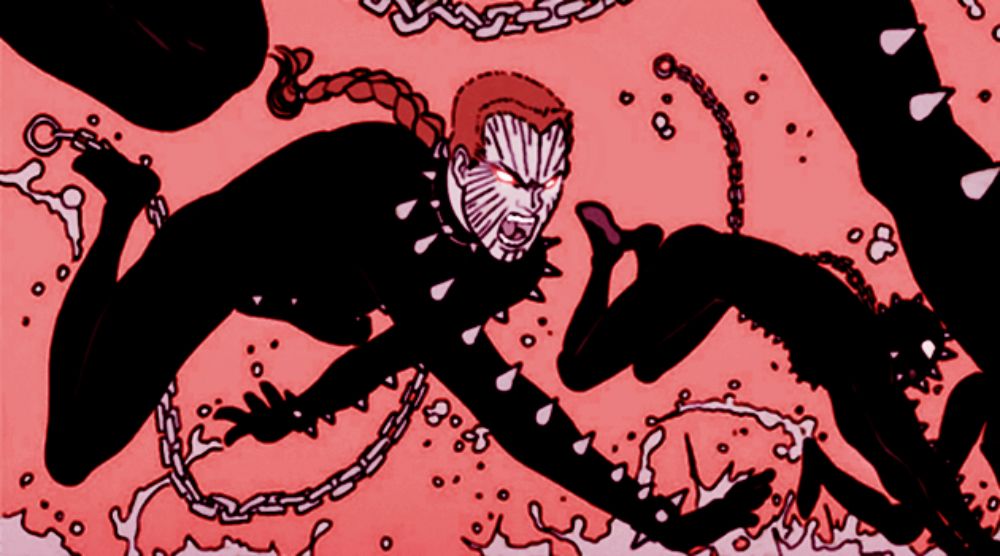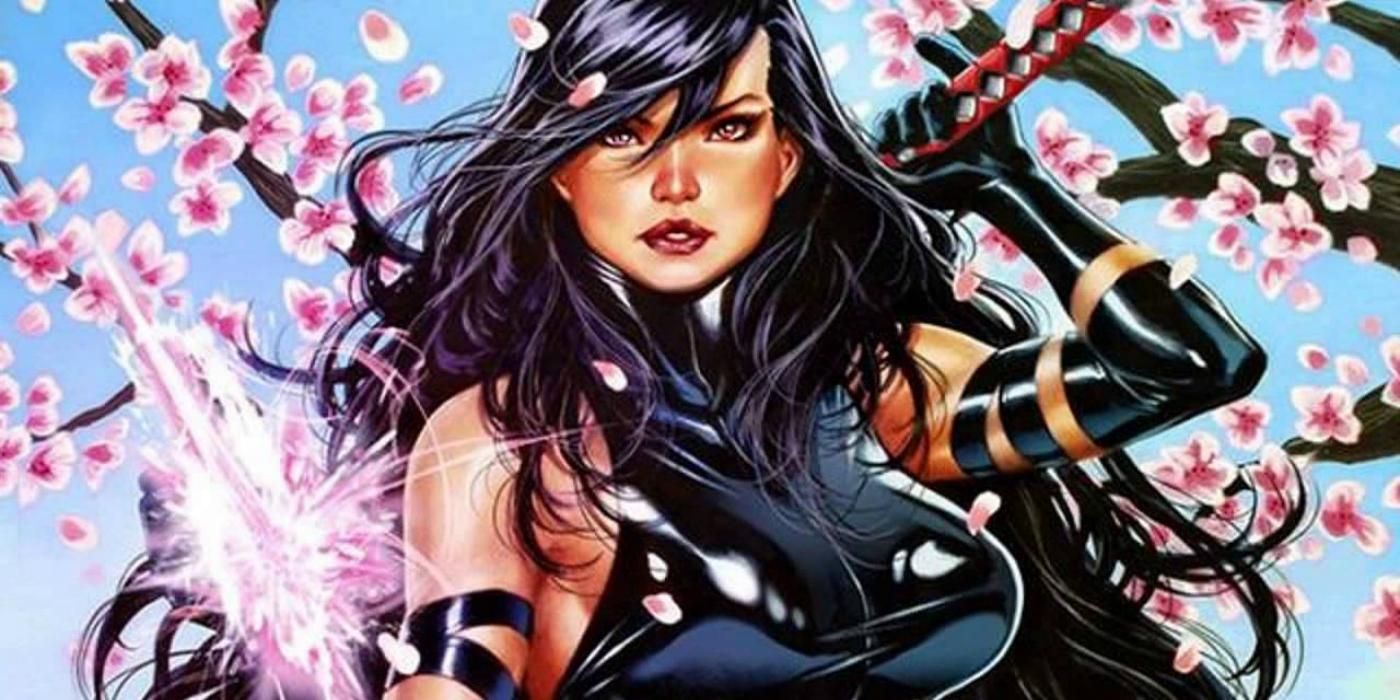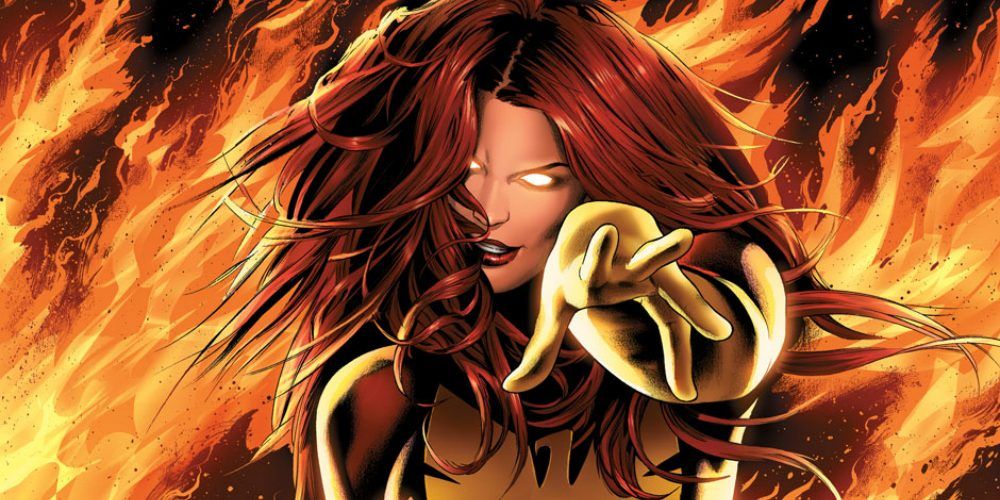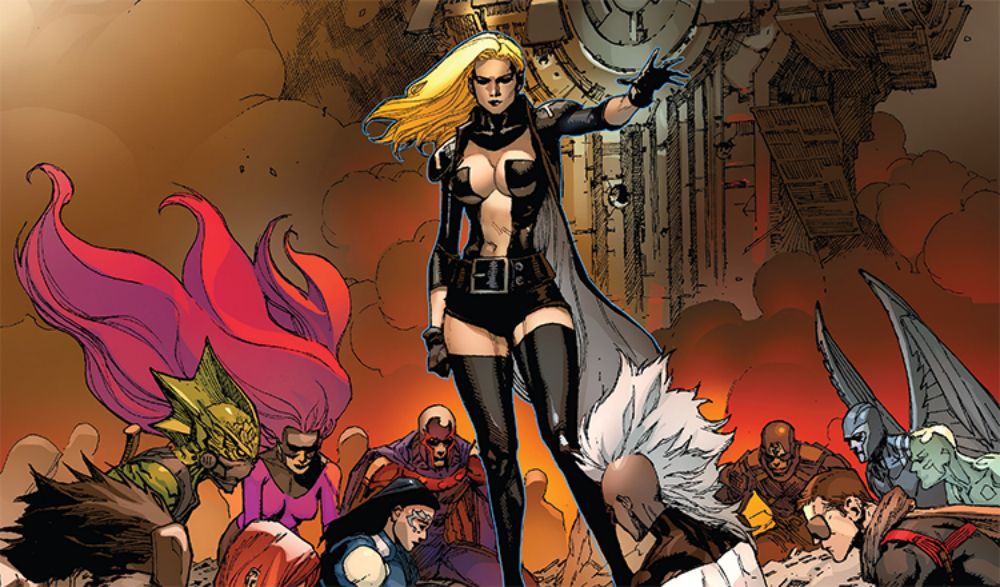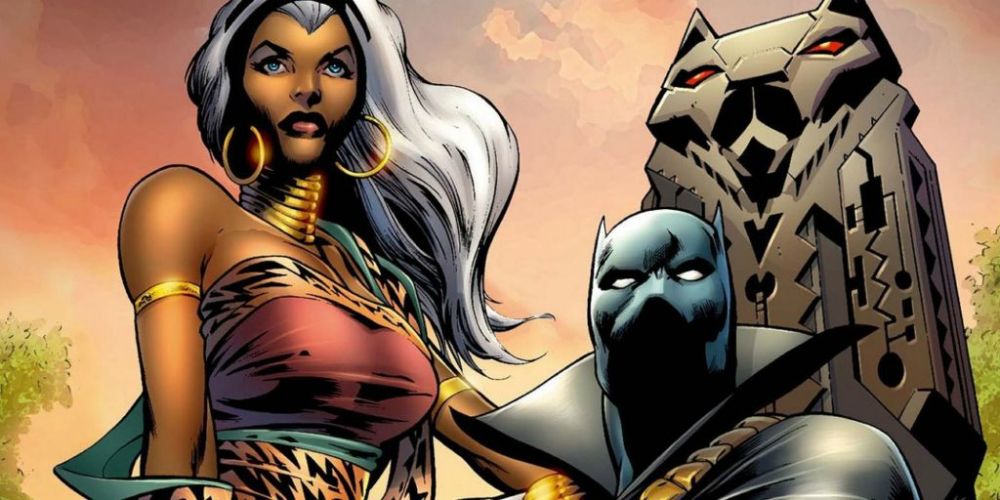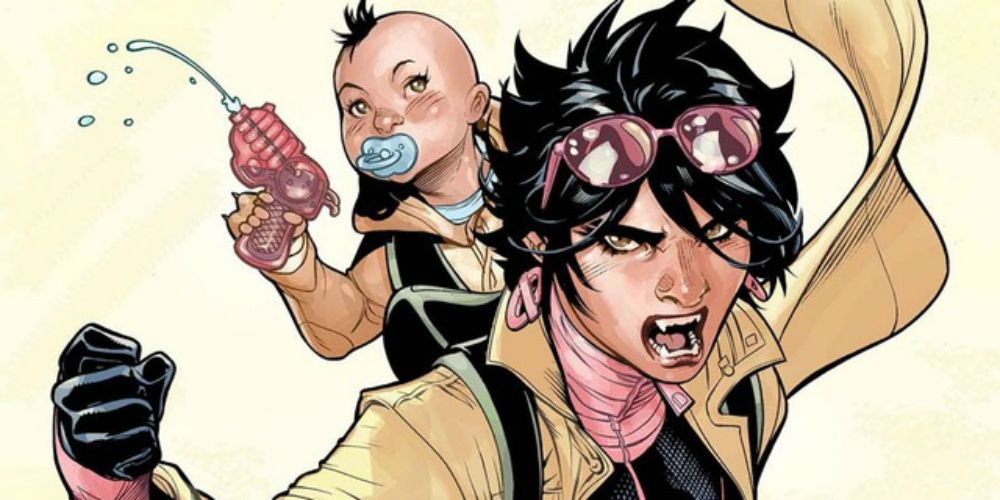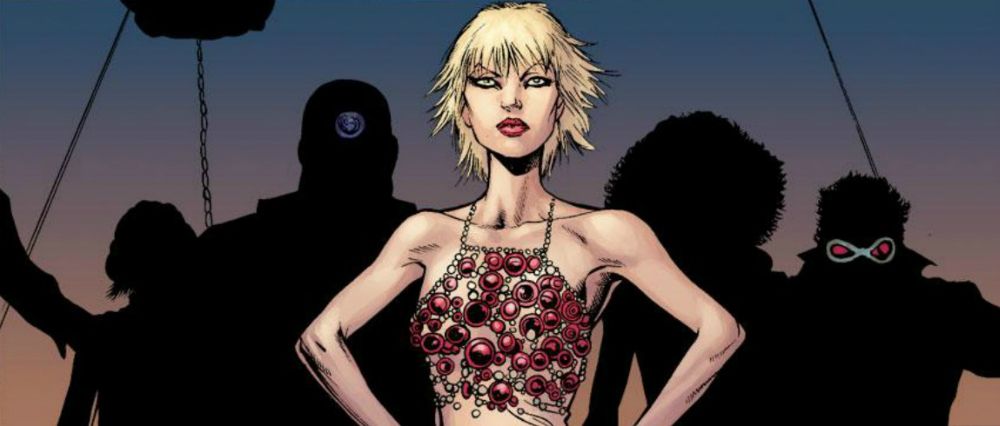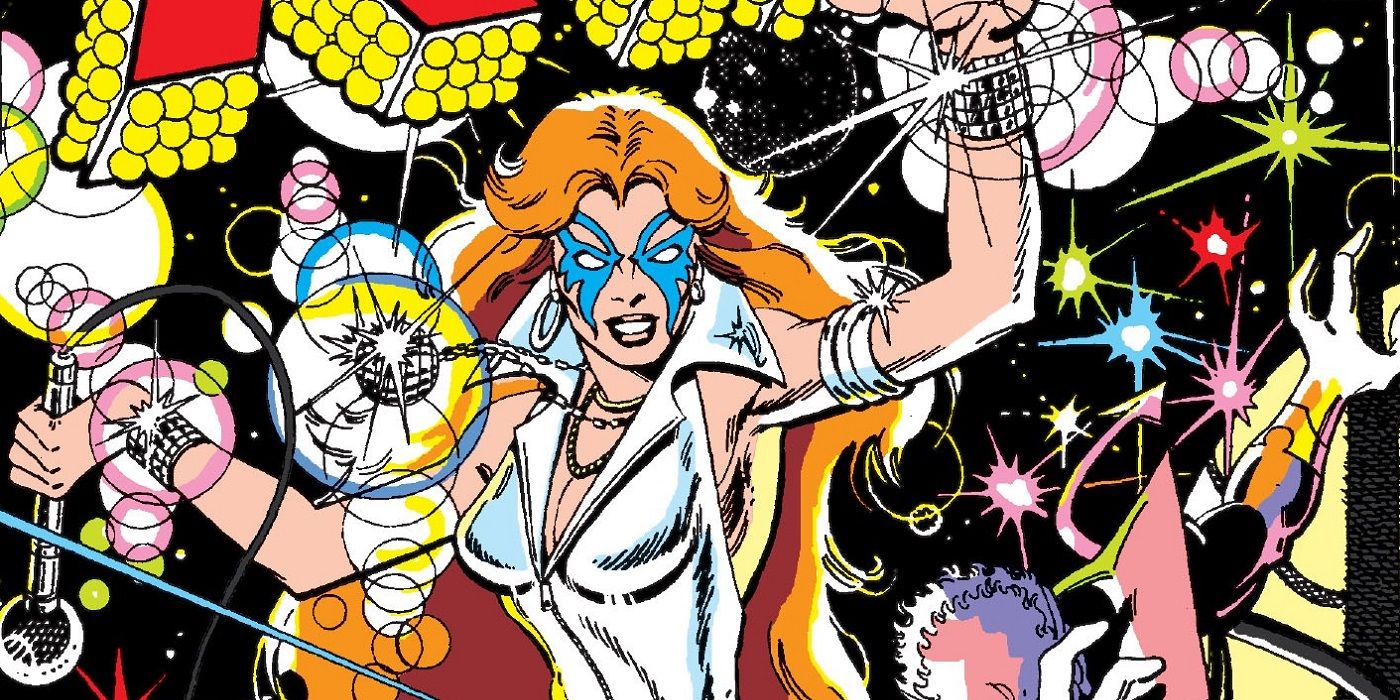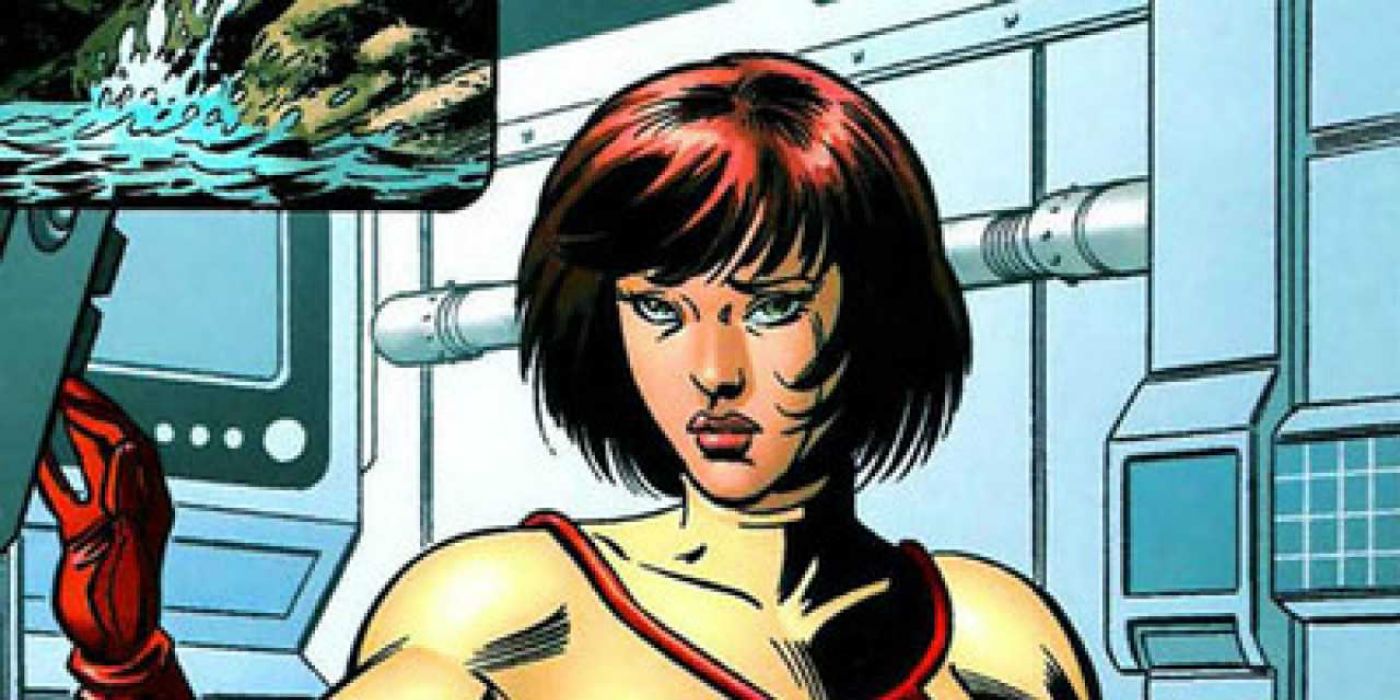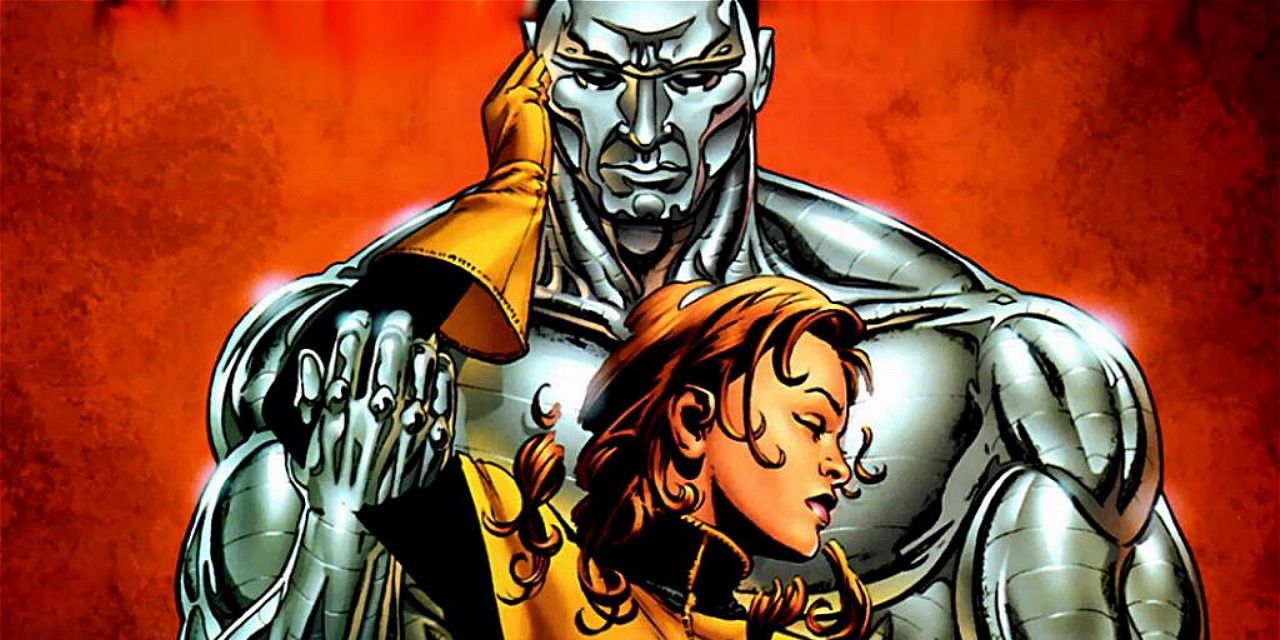Little did Stan Lee and Jack Kirby know that when they published the first issue of X-Men back on September 10, 1963, that they would create one of the most significant superhero groups of all-time. For nearly 55 years, the X-Men universe has captivated fans from around the world with their extraordinary adventures. From facing off against Magneto on Genosha and Sauron in the Savage Land to defending the Shi’ar Empire from threats such as the Brood and Deathbird in outer space, it is no wonder that X-Men fans of many generations love Marvel’s Merry Mutants.
RELATED: UndereXposed: 15 Super Powerful X-Men Marvel Is Holding Back
For every excellent X-Man, there is an outstanding X-Woman. From Jean Grey and Polaris in the '60s and Kitty Pryde and Rogue in the '80s to Emma Frost and Magik in the '00s, the X-Men fans have been blessed to have empowered female characters that have become role models to many fans around the world. However, creators put through our favorite X-Women have suffered dramatically over the years. Throughout the decades, the X-Women dealt with personal crises that included mental breakdowns, demonic possession, drug addiction, and even being enslaved to hunt down mutantkind. CBR has found the 15 worst things that have happened to women in the X-Men universe.
15 OUT OF CONTROL
Chris Claremont and John Byrne’s “The Dark Phoenix Saga” opened up the window to what happens when X-Men go out of control. When the mutants go out of control, they can destroy people, property, and even entire worlds. Storm has been pushed her to her limits numerous times to the point she nearly murdered several of her enemies. In “Dream’s End,” Rogue revealed to her teammates that her powers have gone out of control and feared for her teammates’ safety.
Meanwhile, sometimes emotional distress pushed the X-women to go out of control. This happened when Polaris had a complete mental breakdown and nearly murdered everyone in the pages of Uncanny X-Men, Vol. 1, #425 and #426’s “Sacred Vows,” when Havok called off their wedding to his legendary girlfriend at the last second.
14 RACISM
Since the X-Men’s debut in 1963, our favorite heroines have been persecuted for being mutants. Between being hunted down by giant machines and radical religious purifiers that want to wipe mutants out of existence, the X-Women have been forced to deal with racism for years. It's reared its ugly head in the X-Men universe numerous times and to countless women from different backgrounds. No matter if it's a blue-skinned aristocratic woman running away from an angry mob after giving birth to demon baby, or a single mother raising mutant children in Kentucky.
No professions are safe including if you are an African-American ballet teacher turned congresswoman or a mutant doctor who is called to the emergency room because they are the only one who can deal with mutants. While the X-Men books have used these stories to help address racism, they need to be offering solutions to this problem.
13 POSSESSED BY MALICE
In 1986, legendary X-Men creator Chris Claremont created one of the wickedest villains in the X-Men rogues gallery: Malice. While she was not a headlining villain such as Mystique or Cassandra Nova, Malice’s mutant power was possession. Once she possessed a character, she would fully bring out that person’s dark side and twist their mind to her whim. The villainous Malice was a longtime member of the evil mutant group, the Marauders, who were the henchmen of Mister Sinister.
Twice, Malice brainwashed two of their members, Polaris in the '80s and Omega Sentinel in the '00s, and made them do heinous actions. Under Malice’s control, Polaris brutally murdered innocent Morlocks in the horrifying “Mutant Massacre” storyline. Years later, Malice digitally controlled Omega Sentinel and was responsible for turning her against the team in "Messiah Complex".
12 MUTANTS & DEMONS
The X-Men and demons do not mix! Despite scary encounters with nightmarish foes such as Sauron and the Shadow King, demons keep coming into the X-Men’s lives and transforming them into nightmares. Starting with the N’Garai, who made their first appearance in X-Men, Vol. 1, #96, the mutants have faced demons throughout their team history. In addition to the N’Garai testing Kitty Pryde to her limit in Uncanny X-Men #143, demons continue to dominate the stories during the '80s.
An evil demon, Belasco, kidnapped Illyana Rasputin and tutored her into the Dark Arts to corrupt her soul. Finally, Jean Grey’s clone, Madelyne Pryor, was seduced by N’astirth who used her to try to conquer Earth but killed herself after an intense psychic battle with Jean. The X-Men may have stopped the demons, but the scars from the battles could never heal.
11 PIN-UP MODELS
During the early '90s, Marvel Comics treated fans to the Marvel Swimsuit Specials. From 1992 to 1995, these annual issues allowed the House of Ideas’ artists to draw their favorite Earth-616 characters in swimwear and transport them to exotic locations throughout the Marvel Universe such as Madripoor, Monster Island, and Wakanda. If readers picked up these special editions, they would find their favorite X-Woman dressed very scantily. If you did not count the exceptional artwork, there are a few disturbing facts about these specials.
First, the Marvel Swimsuit Specials made members such as Storm, Jean Grey, Rogue, and Psylocke feel like objects to the fans. Secondly, these issues certainly flew off comic book store’s shelves during the four years, some female fans felt jilted. Also, many female fans who have potential body issues might have felt jilted because they could not attain the X-Women’s bodies.
10 SLAVERY
Slavery is one of the major hot button issues that was introduced to the X-Men franchise. In the “Days of Futures Past” timeline, the Sentinels made it mandatory for hounds, mutants with tracking powers, to hunt down their fellow mutants. One of those hounds was Prestige (Rachel Summers), who rebelled from her master Ahab after she suffered from psychic backlash and Rachel was put into one of the mutants’ internment camps, where she met that timeline’s versions of Kitty Pryde, Magneto, Storm, and Wolverine.
In Uncanny X-Men #235, the island nation of Genosha made its first appearance. Mutant apartheid built Genosha's foundation, and the Genoshian government forced mutants to be their slaves. During the massive X-Men crossover, "X-Tinction Agenda", several X-women such as Storm and Wolfsbane were brainwashed and turned into mindless slaves. These developments shocked readers as they wrote a lot of angry letters to Marvel editors.
9 TO RESURRECT OR NOT TO RESURRECT?
While character deaths have driven comic book sales, creators have a hard time convincing management to bring the characters that they killed back into the fold. Even as fans plead with the powers that be at Comic Con panels across the country, some requests fall on deaf ears. Two of the X-Men’s most famous characters, Jean Grey and Psylocke, always fall under the question of “To Resurrect or Not to Resurrect?” Jean Grey was killed in New X-Men, #150 during the 2004 storyline “Planet X” and it took Marvel 13 years to bring her back.
Meanwhile, Psylocke was killed in 2001’s X-Treme X-Men #2; she was resurrected four years later in Uncanny X-Men, Vol.1 #455. Creators should not be playing life or death with female characters because it would cause a considerable backlash amongst the fan base.
8 MENTAL ISSUES
One common theme that runs rampant is the lack of empathy regarding psychological troubles. It all started in the '80s when Mastermind manipulated Phoenix into thinking she was the Hellfire Club’s Black Queen, which went wrong and transformed Jean Grey into the Dark Phoenix. Throughout the years, more X-Women found themselves mentally abused by their adversaries.
Ranging from the Shadow King’s wicked mind games in X-Men, Vol.2 #77-78 that took away Psylocke’s powers to Polaris suffering a mental breakdown after the Wild Sentinels’ assault on Genosha in New X-Men #132, the X-Women have taken severe psychological beat downs from their enemies. Creators have never had the opportunity to give the X-Women go to therapy to sort out their issues in storylines. By having the X-Women seek treatment in the comics, it would have helped increase the conversation regarding mental health.
7 CHARACTER DEVOLUTION
If you would divide the women associated with the X-Men franchise into three groups, it would probably be good, evil, and neutral. Over the years, several of the franchise’s biggest femme fatales have jumped all over the place with their loyalties. Emma Frost started out as the Hellfire Club’s icy White Queen, but left the organization, mentored Generation X, became an X-Man and later co-lead the team with Cyclops.
Like Emma, Mystique started as an adversary and slowly made her way to join the team. But for some reason, creators love to see characters devolve and turn against the X-Men. Mystique returned to her wicked ways at the end of X-Men, Vol. 2 #200 “Blinded by the Light,” while Emma Frost reclaimed her evil persona at the end of Inhumans vs. X-Men. X-Men fans love seeing their favorite characters mature and not go back to the dark side.
6 DIVORCE
If you thought divorce was worse in the real world, what happens when divorce hits Marvel’s Merry Mutants? The first mention of the storyline came in the form of Kitty Pryde’s parents getting divorced in the 1982 Uncanny X-Men Annual. An angry Kitty threw a massive temper tantrum in front of her teammates and even accused Storm in siding with her parents. Jean also went through a period of mental divorce when she discovered that Cyclops cheated on her with Emma Frost in the pages of New X-Men.
Finally, Storm went through a period of agony when she found out that Black Panther annulled their marriage after a Phoenix-empowered Namor wiped out Wakanda in Avengers vs. X-Men. In X-Men stories, we always seen the women become powerless after they are handed the divorce papers. Writers should be able to showcase that there is hope when dealing with this painful topic.
5 VAMPIRES
Vampires and mutants have a history of mixing it up! The vampires began to make their presence known in the X-Men world when Storm nearly became Dracula’s bride when he bit the weather witch in July 1982's Uncanny X-Men, Vol. 1 #159. While Storm’s friends saved her from being a full vampire, another X-woman failed to escape from vampires. In X-Men, Vol. 3’s first issue, and part one of “Curse of the Mutants,” a suicidal vampire bomber exploded, and his tainted blood exploded over Jubilee.
In addition to the blood, she became a vampire as Dracula’s son, X. By allowing Jubilee to become a vampire, the writers cheated on Jubilee’s character by not letting her character to progress naturally. Also, fans did not like the darker version of Jubilee. Hopefully, the X-Men won’t see a vampire story shortly.
4 DRUG ADDICTION
Drug addiction has played a significant role in X-Men stories in the early 2000s. Veteran X-Men writers Chris Claremont and Grant Morrison dove into this topic when they wrote X-Men, Vol. 2 and New X-Men. Both Doctor Cecilia Reyes and Sophie Cuckoo fell victim to highly addictive and illegal street drugs Rave and Kick during this decade. Cecilia Reyes used Rave to stop the Neo from harassing her and became so co-dependent on it by the time her teammates came and rescued her.
Meanwhile, young Esme Cuckoo used Kick to augment her psychic abilities to control not only her sisters but also gain the attention of Xorn, who killed her. While both writers were able to use drug addiction as a part of their respective tales, neither creator was unable to bring a peaceful resolution to their stories and did not address the recovery process for each character.
3 M.I.A.
Sadly, if you are a female character that is part of the X-Men franchise, chances are you are probably going to get lost in the mix. Over the years, there has been a revolving door of memorable ladies that have crossed paths with the X-Men. Some of them joined the team, while others have become allies in their fight for mutant equality. It took years for fans to see former team members Cecilia Reyes, Dazzler, and Marrow rejoin the franchise with either the primary team or other X-books.
Meanwhile, supporting cast members Charlotte Jones, Kitty Pryde’s ballet teacher Stevie Hunter, and Beast’s former girlfriend and reporter Trish Tilby have not been seen for some time. While Jones and Tilby have not interacted with the X-Men since the '00s, Stevie Hunter returned as a Congresswoman in X-Men: Gold #9. Hopefully, it will not take years to get favorite characters back.
2 “YOU’RE IN DANGER, GIRL”
Being associated with the X-Men has its perks, but over the years a lot of women have found themselves in danger. Take Elaine Grey, Jean Grey’s mother, for example. Arcade has kidnaped her and was transformed into a demon by Madelyne Pryor. Ms. Grey had to watch a Sh’Iar Death Commandos brigade murder her entire family in the “End of Greys” to denounce the X-Men.
Longtime ally Dr. Moira MacTaggert did not run away from the threats associated with the teams. She even stood fast against Magneto in X-Men, Vol. 2 #2 and even tried to work on a cure for the Legacy Virus. Sadly, Dr. MacTaggert did not live to see it finished as Mystique and Sabretooth mortally injured her and she died at the end of “Dream’s End.” The X-Men should have waivers handed out to the women who hang out with them.
1 UNDERAGE ROMANCE
There have been favorite pairings in the X-Men universe over the years. Couples such as Scott and Jean and Gambit and Rogue have made their way into fans’ hearts. But at times, there have been some pairings that have been controversial. While fans loved the pairing of Colossus and Kitty Pryde, then Marvel Editor-in-Chief Jim Shooter was unhappy with the pairing due to the couple’s age differences (Kitty was 14 and Colossus were 19 in the '80s) and told Chris Claremont to remove them as a couple.
While the fans were unhappy with the decision, Colossus and Kitty’s romance rekindled in the 2000s. Another creator that found himself in hot water was Chuck Austen when he paired founding member Angel with the underage Husk. The pair started flirted in “Dominant Species,” and then became lovers in “She Lies with Angels. Many fans were extremely unhappy with the pairing.
Which of these is the worst thing to happen to the X-Women? Let us know in the comments!

